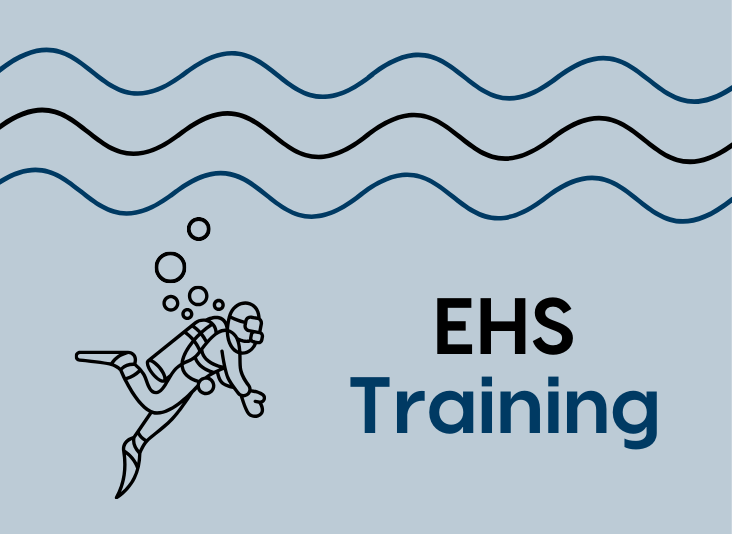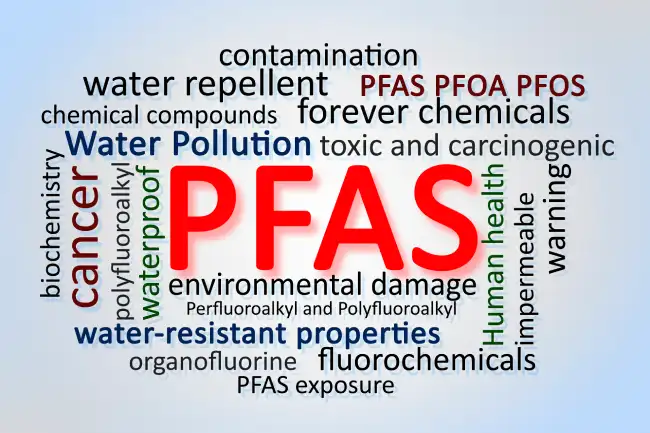OSHA Expands Severe Violator Program Regs—Are You at Risk?
The Occupational Safety and Health Administration (OSHA) recently expanded its Severe Violator Enforcement Program (SVEP) criteria. As a safety or operations manager, if you have programmatic questions about your organization’s OSHA compliance status, this may be time to revamp operations.
To enforce safe workplaces nationwide, OSHA conducts thousands of inspections annually. Some employers, whose violations hit certain thresholds, end up on the SVEP list. Among the downsides to making the list is that it means the organization will, while under the watchful eye of a regulator, have to prioritize remediation.
One result is that resources that should be going to core activities will instead go to fixing SVEP-related issues. This means loss of time—and time is money. Additionally, making the list doesn't show the organization in its best light—that is, that it cares about the employees.
The more management demonstrates it's focused on worker safety, the better the workers' morale—which leads to reduced turnover and less money needed to spend on recruitment, training, and building team experience. The reverse is equally true—if workers feel their safety isn't valued, they are more likely to gravitate to an employer that gives them such an assurance.
Slippery Slope to SVEP List
As OSHA announced last September, these new SVEP guidelines replace ones that were in place since 2010. This move has left employers in a changed safety compliance environment. The previously existing SVEP criteria, according to one specialty law firm, applied under narrower conditions: i.e., fatalities, three or more worker hospitalizations, or egregious noncompliance.
With the amended guidelines, it's now easier for noncompliant employers to make the SVEP list—and, potentially, it's more difficult for guilty organizations to remediate their status. Employee safety remains the most important reason for compliance—but other benefits include avoiding flunked OSHA inspections, fines, poor public opinion, and down-time, which lead to loss of revenue.
New OSHA SVEP Guidelines
In 2021, OSHA oversaw 24,333 inspections—including 13,749 unprogrammed ones (conducted without prior knowledge of the employer), according to the agency website. With the new ruling, organizations will make the SVEP list after OSHA inspections uncover only one of the following:
- Fatality/catastrophe—Willful or repeated violation that resulted in an employee death—or an incident that hospitalized three or more employees
- Non-Fatality/catastrophe—Two willful or repeated violations, or where there were failure-to-abate notices, based on high-gravity or serious violations
- Egregious violations—This involves all enforcement actions (such as any per instance citations)
Already, some organizations are facing the consequences of the new SVEP rules. The penalties can be substantial, and include hefty fines—while the organization will also face loss of brand and image. Then, to be compliant, the cited organization must remediate its operations, under OSHA’s watchful eye. The agency, additionally, will want to see improved programs, policies, and training—but it also wants to know how, from the top-down, the leadership in the affected organization is changing its safety culture.
Avoiding OSHA Violations
Annually, OSHA publicly lists the prior year's top overall 10 violations, so you can identify the greatest safety noncompliance risks. These risks remain fairly consistent, and include failures in fall protection and hazard communications, ladder misuse, and more.
Employers in the life sciences (and related industries) face special workplace risks. That’s because their operations typically involve chemicals, labs, and manufacturing processes—so, they also need special precautions.
Naturally, it’s better to avoid making the SVEP list in the first place. So, those organizations that have skipped compliance (perhaps as a low-risk, high-cost impediment to innovation or growth) may need to rethink that strategy. Fortunately, there are steps you can take to proactively make your operation OSHA compliant.
Consider an OSHA Compliance Partner
When you want help and advice on improving your safety program, you can turn to a proven, skilled, and reliable environmental, health, and safety (EHS) partner—one that knows what the regulators want to see in your programs. The partner should offer:
- General Biosafety Consulting: A seasoned EHS partner can evaluate your existing in-house processes, and make recommendations to help your overall operation become OSHA compliant. Its professional team members can bring a wealth of knowledge with them, derived from years of experience in your industry. Ideally, they will have worked with organizations of similar type and size as yours. Such a vendor can even do more than enable compliance. The team members can support internal performance improvement to save you time, money, and effort—even when integrating safety policy across your day-to-day operations.
- EHS Training: One reliable way to promote OSHA compliance is to teach your managers and employees how to take all the necessary safety precautions. This includes identifying the high-risk workplace areas, e.g., where there are toxic chemicals, infectious materials, moving parts in equipment, elevated workspaces, confined spaces, etc. An effective training program can include custom in-person and virtual sessions, or a mix of both. The partner team can enable staff to stay current with regulatory changes, with trainers issuing certificates of completion to document program compliance.
- EHS Planning and Permitting: For even large businesses, OSHA’s rules are a challenge to navigate. But, there are also many regulations mandated by state or local governments (e.g., the town board of health). Your organization may be unaware of these. An operation with limited resources will find it especially difficult to simultaneously manage all these complex and changing safety regulations. However, capable EHS vendors can assist organizations with planning and permitting, and help them to avoid any potential violations, fines, permit delays, injuries, and more.
- Outsourced On-site Operational Support: If you're short-handed, you can turn to a qualified partner that provides on-site EHS support, either full- or part-time. This will offer you access to qualified professionals who can create customized services. The vendor team members will be capable of launching new programs and special projects; creating compliance training programs; and implementing on-site compliance assurance assessments. These skilled team members also can handle OSHA audits—and even contest unfair citations.
- Chemical Inventory Management: Lab safety requires the regular oversight of any chemicals and hazardous materials that are purchased and then stored on-site. Administrators should verify that they have a modern chemical inventory management program in place. They should avoid relying on disorganized paper- or spreadsheet-based systems—and instead use third-party-enabled, cloud-based software. Such a solution gives all team members real-time information about their organization's entire chemical and biological storage status. This also enables employees to have 24/7 direct access to crucial Safety Data Sheets (SDSs).
Are You Prepared?
Are you ready for an OSHA inspection today? Our informative webinar will help you prepare for an audit. Worried about SVEP and want to learn more about avoiding the list? Contact us today. We provide full turnkey environmental, health, and safety programs. This includes staff augmentation and à la carte EHS support services to help you keep your organization compliant, safe, and sustainable.






